What to do in Grenoble, the time of a stay? Between History and Nature, here are some ideas to discover one of the most beautiful cities in the Alps!
Capital of the Dauphiné, Grenoble is a city full of riches. Between the Vercors, the Chartreuse and the Taillefer, it displays a dynamic cultural life. Its location also makes it a top destination for athletes. From the Place Grenette to the Bastille, from the Resistance to the 1968 Olympic Winter Games, it unveils a thousand facets. Without a doubt, she will conquer you at the turn of her streets. If you ask that you do in Grenoble, here are now ten proposals!
1. The Bastille
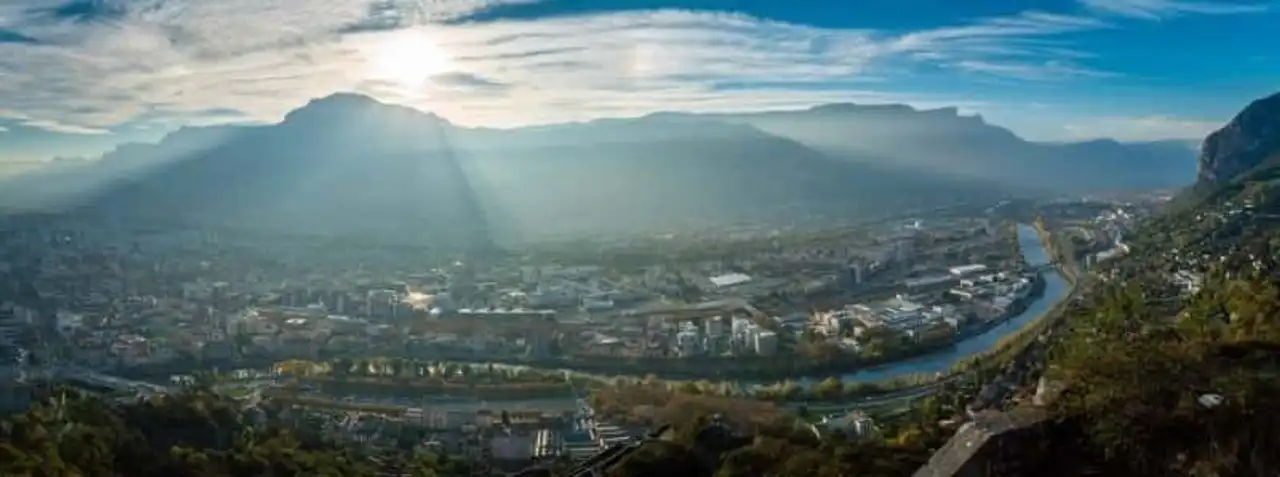
Photo credit: Shutterstock / Stephane Debove
This former military fort is the most frequented tourist site of the grenobloise agglomeration. Built in the 19th century, it overlooks the city. Today, it hosts a diversified programming. You can discover airlines, escapes games, as well as museums and restaurants. In addition, the site is classified as Ecological Interest Area for its exceptional fauna and flora. Visitors seeking to do in Grenoble cannot miss the Bastille!
2. Place Grenette
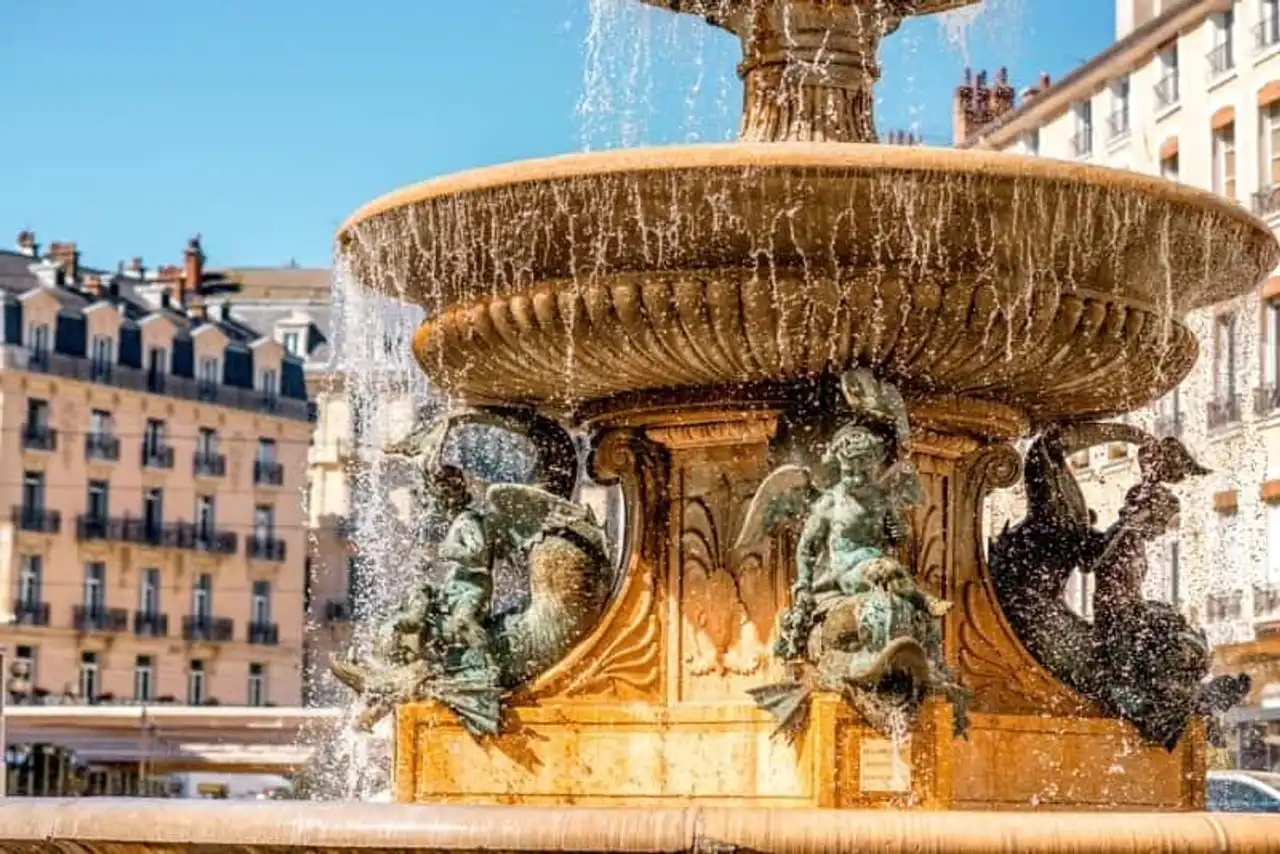
Photo credit: Shuttrstock / RossHelen
What to do in Grenoble, if it is not strolling on Place Grenette? This is the main square of the city since the 17th century. She then welcomed a grain market, as well as a cattle market. Today, the Place Grenette is an ideal rendezvous and walk, with its cafés and shops. In addition, you can admire a large stone fountain in Sassenage. Baptized Le Château d’Eau Lavalette , it was built in 1825. By approaching you, you will see four angels riding dolphins.
3. The Musée de Grenoble
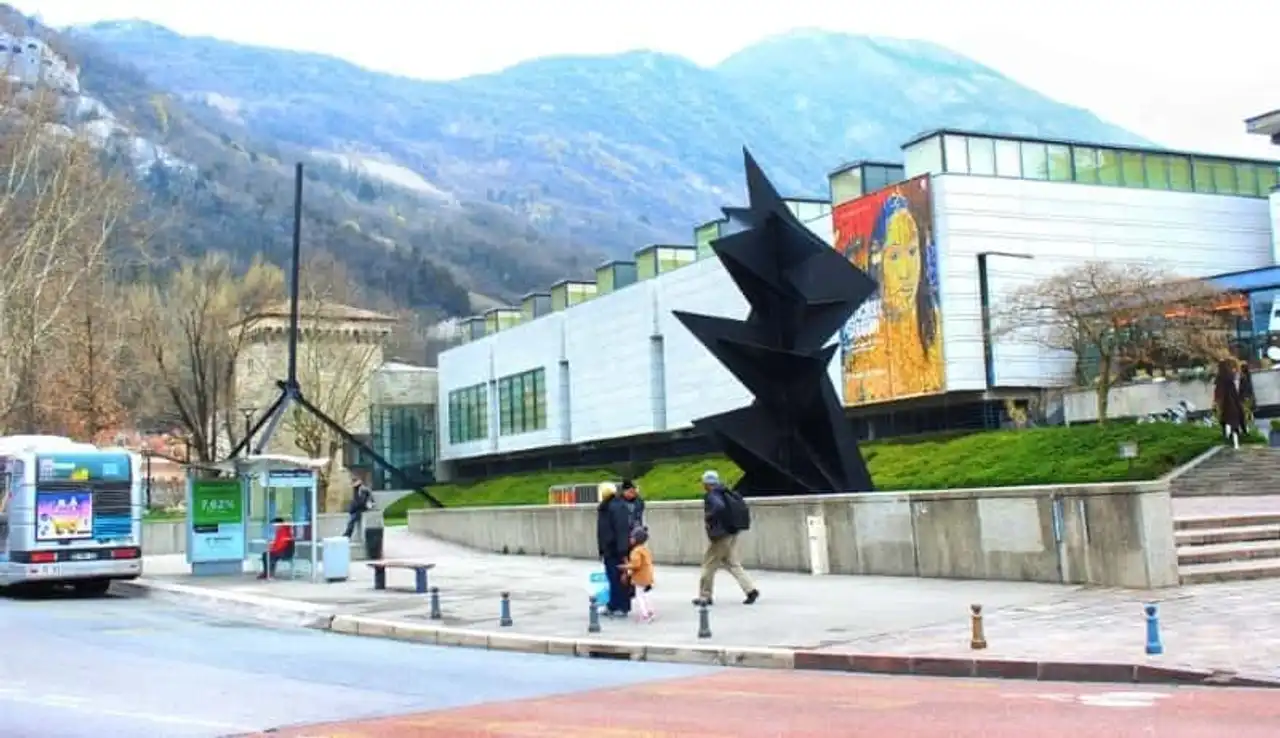
Photo credit: Shuttertsock / Alkema Natalia
If you are looking for what to do in Grenoble when it rains, don’t hesitate to discover the museum of the city. Opened in 1798, it houses more than nine hundred works of art. His collection of Western paintings is particularly impressive. From the thirteenth to the twenty-first century, you can admire paintings by Flemish, Spanish or Dutch masters. The museum also has a fund of Egyptian antiques, reported by Champollion. The Musée de Grenoble is open every day, except on Tuesdays and certain holidays. You can get there between 10am and 6:30pm. If the adult ticket costs eight euros, the one for less than eighteen years is free!
4. The cable car from Grenoble Bastille
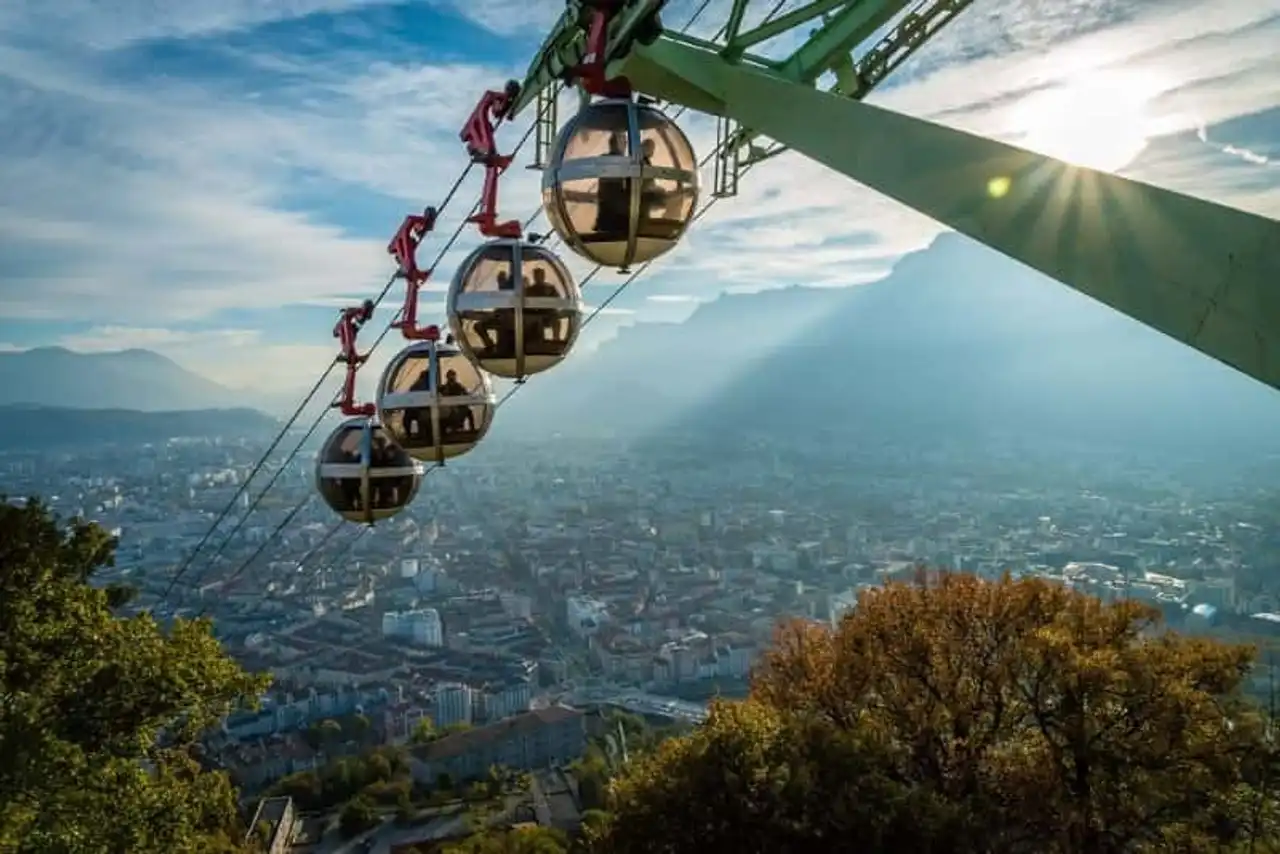
Photo credit: Shutterstock / Stephane Debove
Since 1934, this cable car connects Grenoble to the top of the Bastille, over the Saint-Laurent area. He is nicknamed "Les Bulles", because of the particular shape of his cabins. If you want to borrow it, count from five euros and sixty cents the adult return ticket. For children, it will return to four euros and sixty cents. Since July 2017, the cable car has been equipped with a webcam. It takes panoramic photos of the city at regular intervals. Go to the official website of the cable car, you may see, on the right, visiting Grenoble!
5. Saint-Laurent Bridge
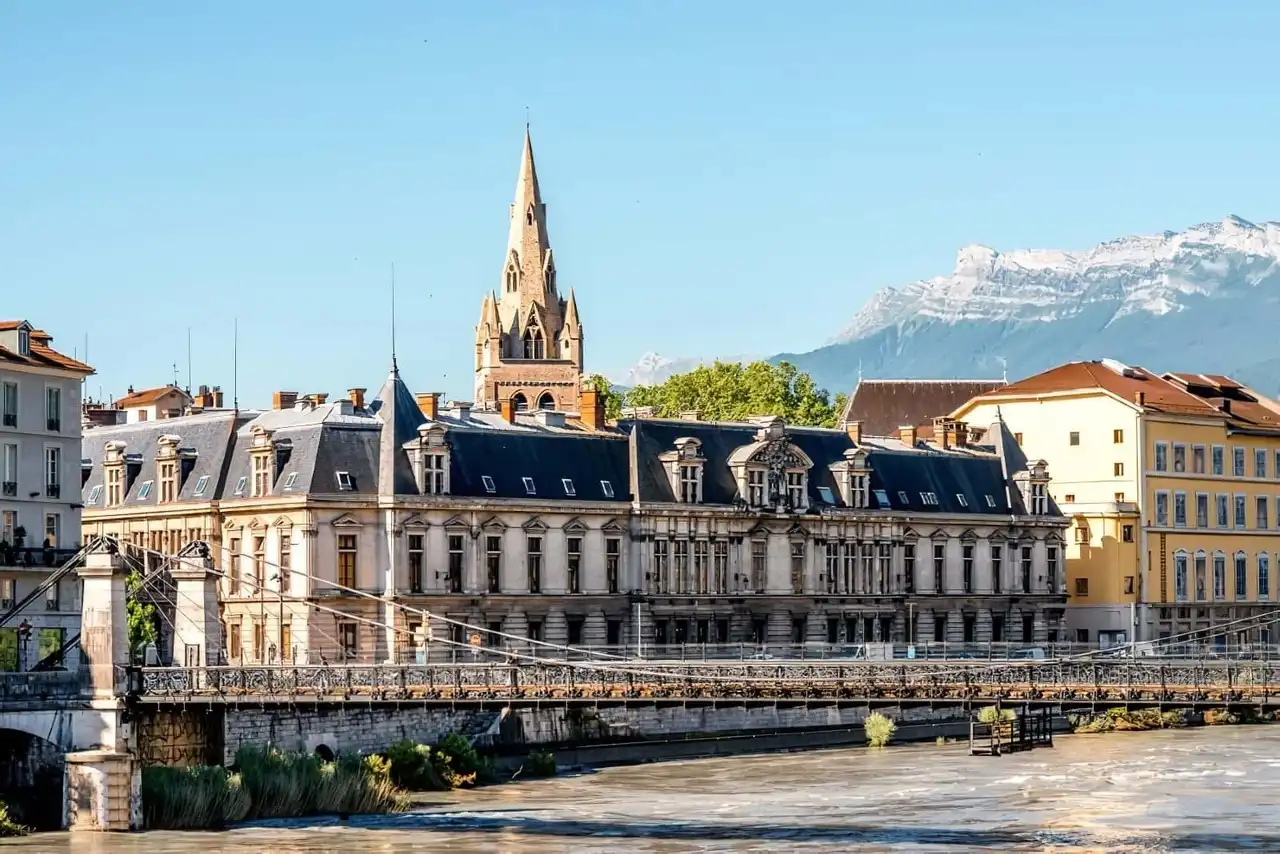
Photo credit: Shutterstock / RossHelen
The St.Lawrence Bridge overlooks Isère, linking Quai Mounier to Quai Jongkind. It was built in 1837, then modernized in 1909. It is located at the location of the first bridge of the city, built from the 11th century. This place of passage, which is essential to the inhabitants, has suffered many damage over time. Indeed, the Isère floods have frequently destroyed it. When you are looking for what to do in Grenoble, it is impossible to make the impasse on this emblem of the city!
6. Park Paul Mistral
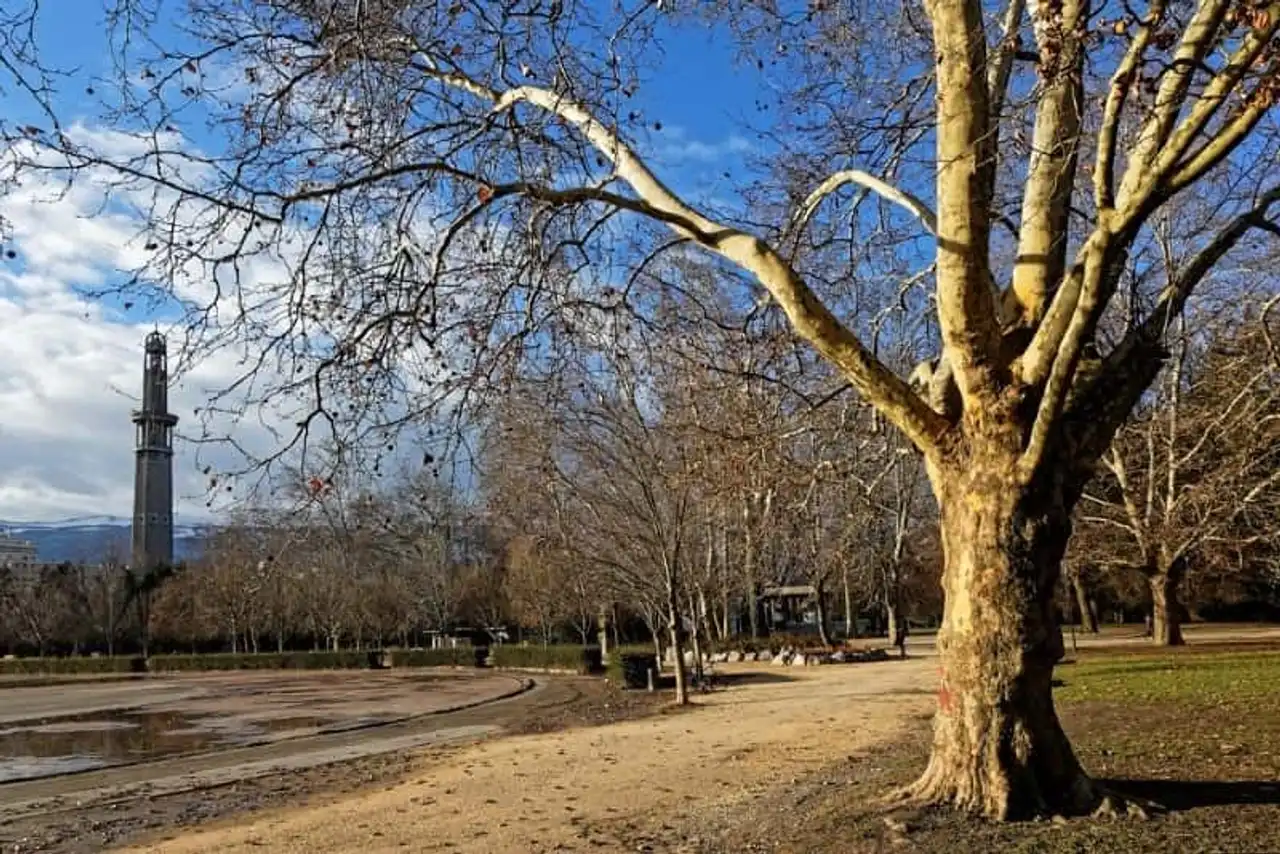
Photo credit: Shutterstock / Pierre Jean Durieu
A green light of the city, the park Paul Mistral extends over twenty-one hectares. It is a former military land converted into a park in 1925. There are various areas, including sports. Indeed, we could forget it, but Grenoble hosted the Winter Olympics in 1968. Paul Mistral Park still bears witness to several remains. Among these, you can admire the Palais de Sport and the speed ring. The park also houses the Town Hall of Grenoble, as well as a tower by architect Perret. Visit Grenoble would not be complete without a tour at Paul Mistral Park!
7. Isère Resistance and Deportation Museum
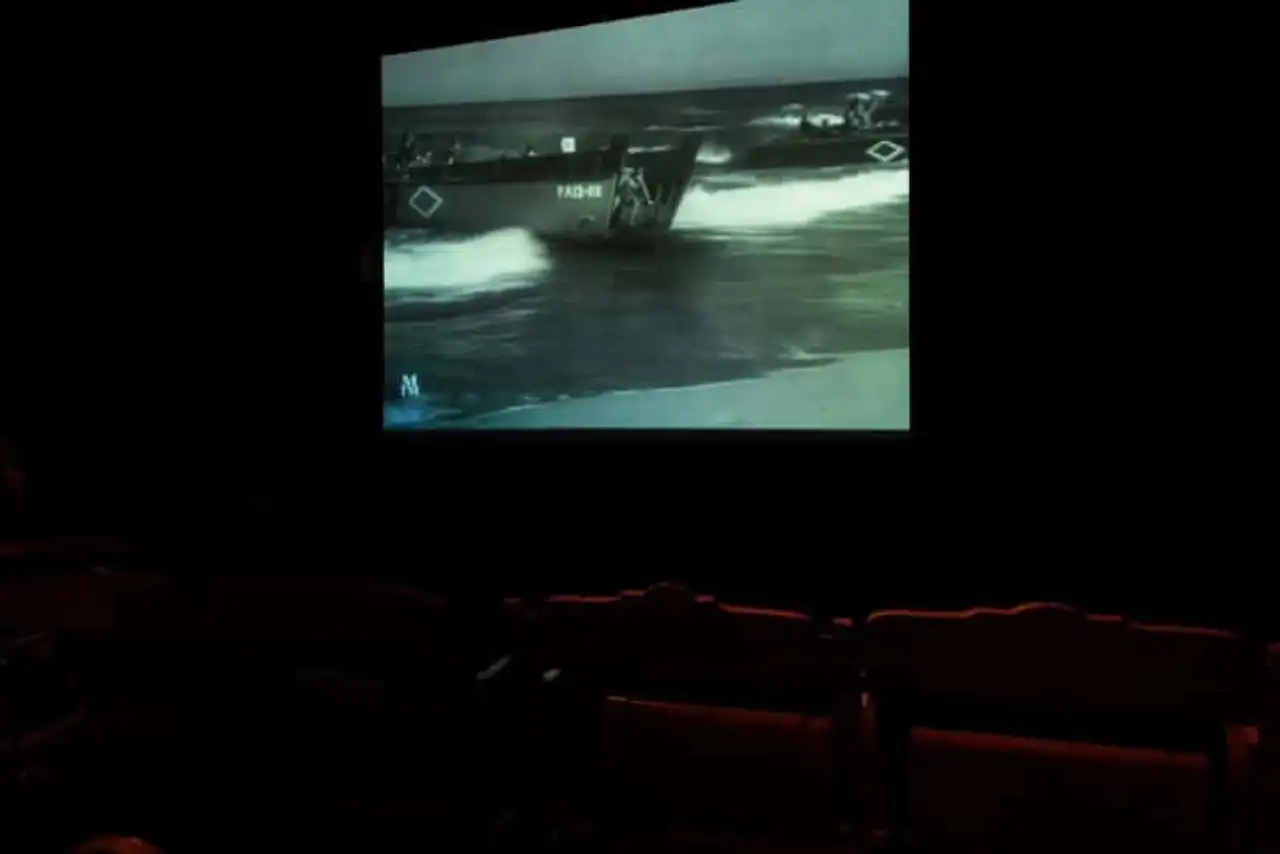
Photo credit: Shutterstock / Mel Rebesco
Visiting Grenoble is the opportunity for history enthusiasts to discover a unique museum. The Isère Resistance and Deportation Museum retraces six themes on three levels. On the ground floor you will follow the genesis and the course of the conflict, lived since Isère. The second floor is dedicated to the entry into Resistance and the maquis. The situation of the Jews in Grenoble between 1939 and 1945 is also discussed. Finally, the top floor is about repression and deportation, as well as about Liberation. Free for all, the museum is open daily, outside Tuesday morning.
8. La Fontaine du Lion
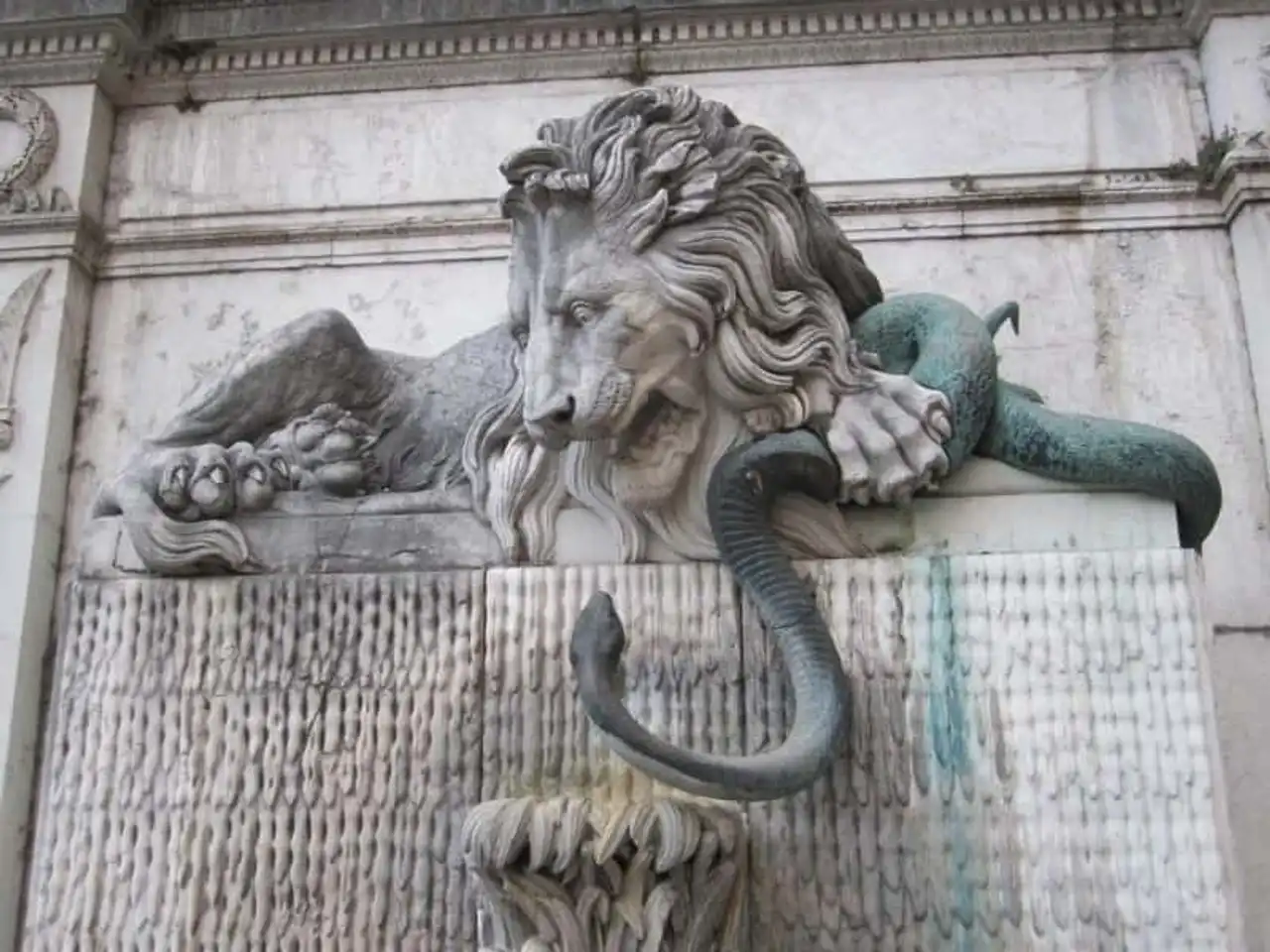
Photo credit: Shutterstock / Lara EH Bofiliou
If you plan to visit Grenoble, you will not miss La Fontaine au Lion . It is located in the Place de la Cymaise, in the Saint-Laurent district. Made in 1843, it is one of the oldest in the city. His creators are the sculptor Sappey and the founder Crozatier, as well as for Le Château d’Eau Lavalette . It represents a lion mastering the assaults of a snake, ysara in former French. It is therefore this one who gives its name to the Isère River. The lion symbolizes the city of Grenoble. This fountain bears witness to the violent floods that ravaged the city in the 19th century. Major, she is a beautiful tribute to the tenacity of Grenoblois!
9. Notre-Dame de Grenoble Cathedral and Saint-Hugues Church
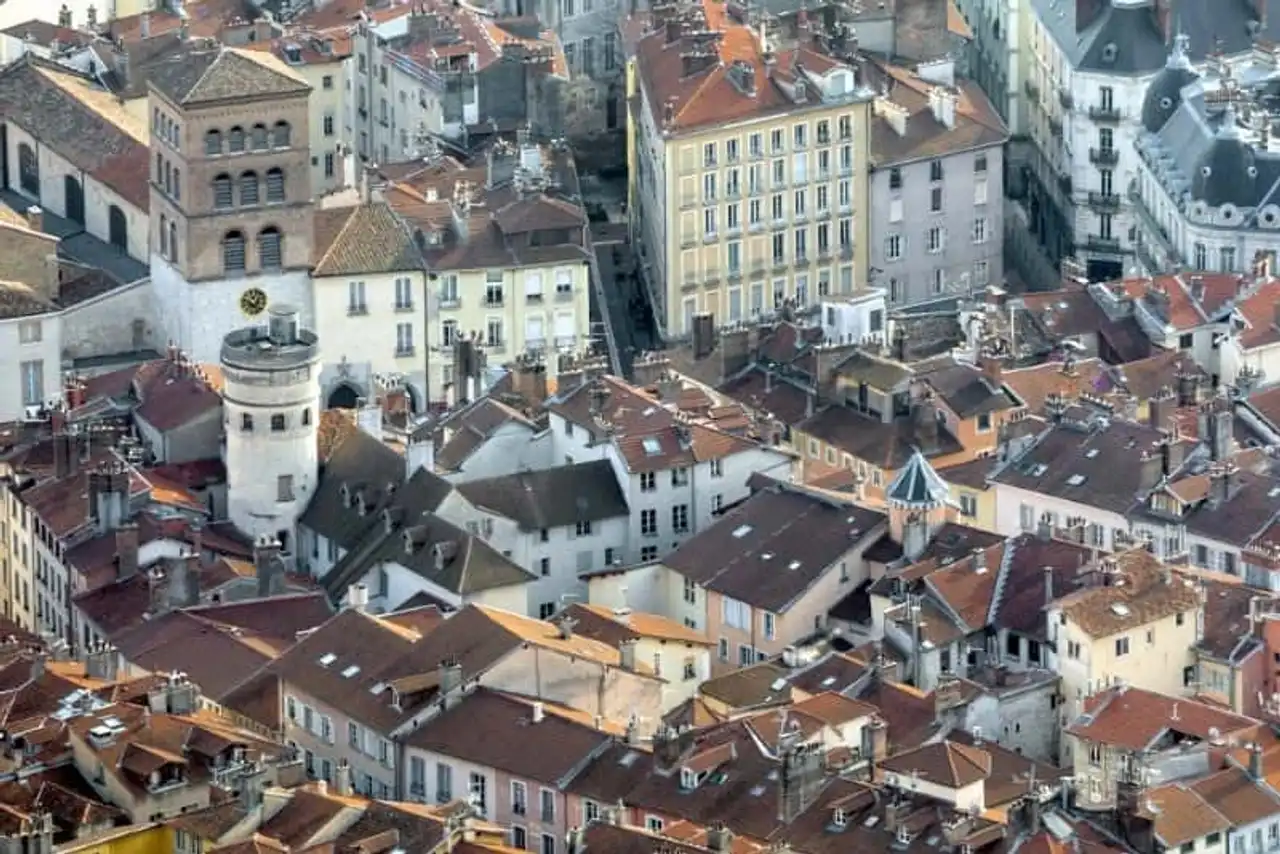
Photo credit: Shutterstock / Florent Lacroute
The construction of the cathedral of Grenoble began in the 10th century, to end nine centuries later! Beyond the beauty of its architecture, it presents a unique feature. In fact, it is dosed directly to the church of Saint-Hugues. The two buildings communicate by an interior passage. In medieval times, they were part of the same set of religious buildings.
10. The Parc des Champs-Élysées
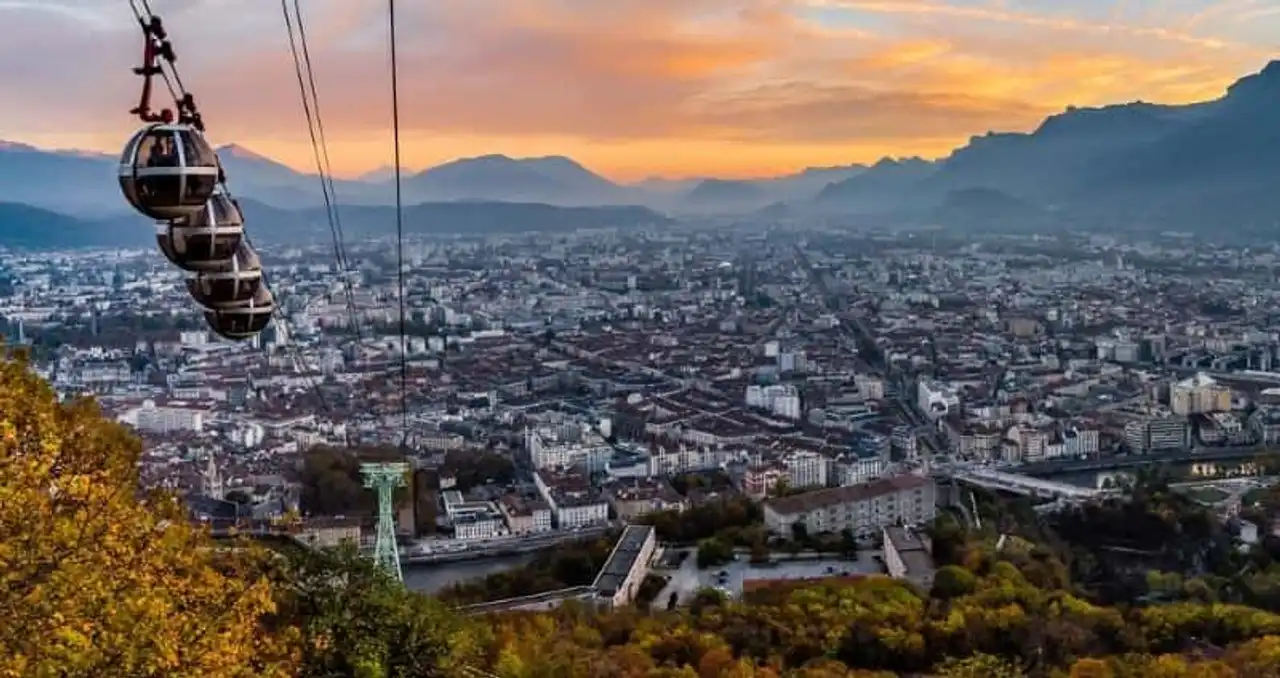
Photo credit: Shutterstock / Stephane Debove
Facing the Lesdiguières stadium, this park is the perfect place to spend a day. It has a sports course and a huge pool, as well as facilities for children. They will be delighted to enjoy the playgrounds or the small train ride! Easily accessible, this park is the ideal setting for your picnic desires during your stay in Grenoble.
How to get to Grenoble
By plane
Grenoble Alpes Isère Airport is located about 30 minutes away from the city centre, using the A48. To come to visit Grenoble, it is therefore a practical way of locomotion. It is served by a large number of companies from France or European countries. Different possibilities are then offered for transfer to the city: taxis, shuttles, etc. Do not hesitate to search for tickets on our partner’s website Ulysses , online flight comparison. You will find tickets at an attractive price to visit Grenoble.
By train
Grenoble is also easily accessible by train. The station, in the heart of the city, is served by several lines, including from Switzerland and Italy. It accommodates both TGV and regional trains. To move later, the public transport network is easy and convenient to visit Grenoble.
By car
If you wish to be fully autonomous, you can also get to Grenoble by car. Several highways, including the A48, the A49 and the A41, converge to the city. However, be careful: surrounded by mountains, the city is not always easy to access! So you're at risk of meeting traffic jams.
If you come by train or by plane, it is strongly advised rent a car in order to discover the surroundings. The Grenoble region is full of natural treasures to be discovered urgently! Then why do you trust the city?
Where to stay in Grenoble?
Visiting Grenoble involves planning accommodation on site. Fortunately, the capital of Dauphiné is full of possibilities, according to your budget. You can choose one location via AirBnB for about 60 euros per night. You can also turn to hotel rooms . For two adults, at night you will return to seventy euros, on average. If you want maximum comfort during your stay, high-end hotels are available. One night for two people will then be between a hundred and fifty and two hundred euros. Depending on your stay dates, the price of these accommodations may vary. Finally, in the beautiful season, try camping in Isère! The rental of a location costs from thirty-five euros.
With these tips, you now know what to do in Grenoble during a next stay in Isère!
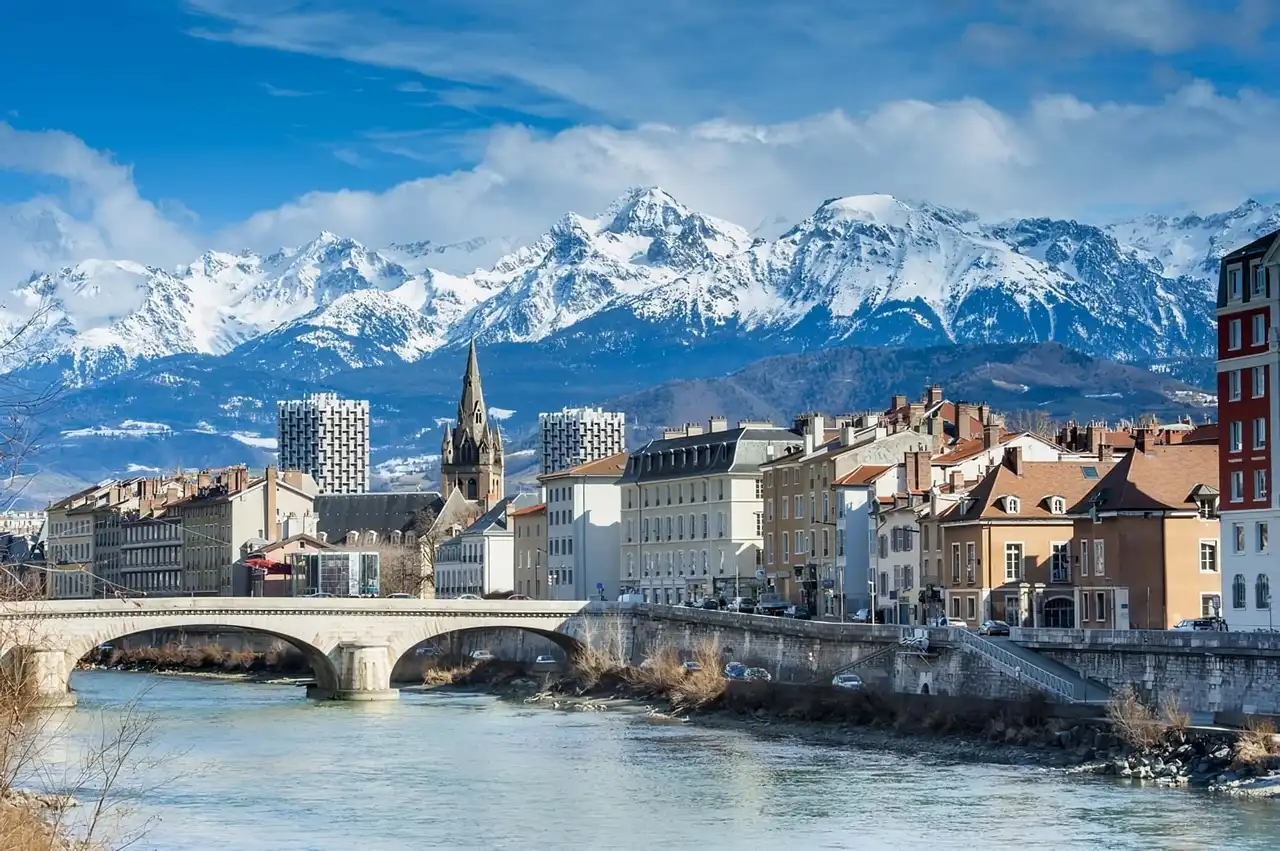




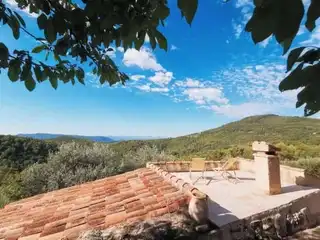

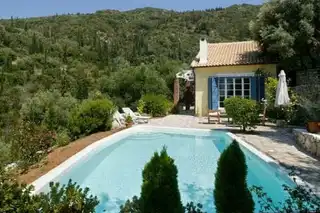
Loading comments ...